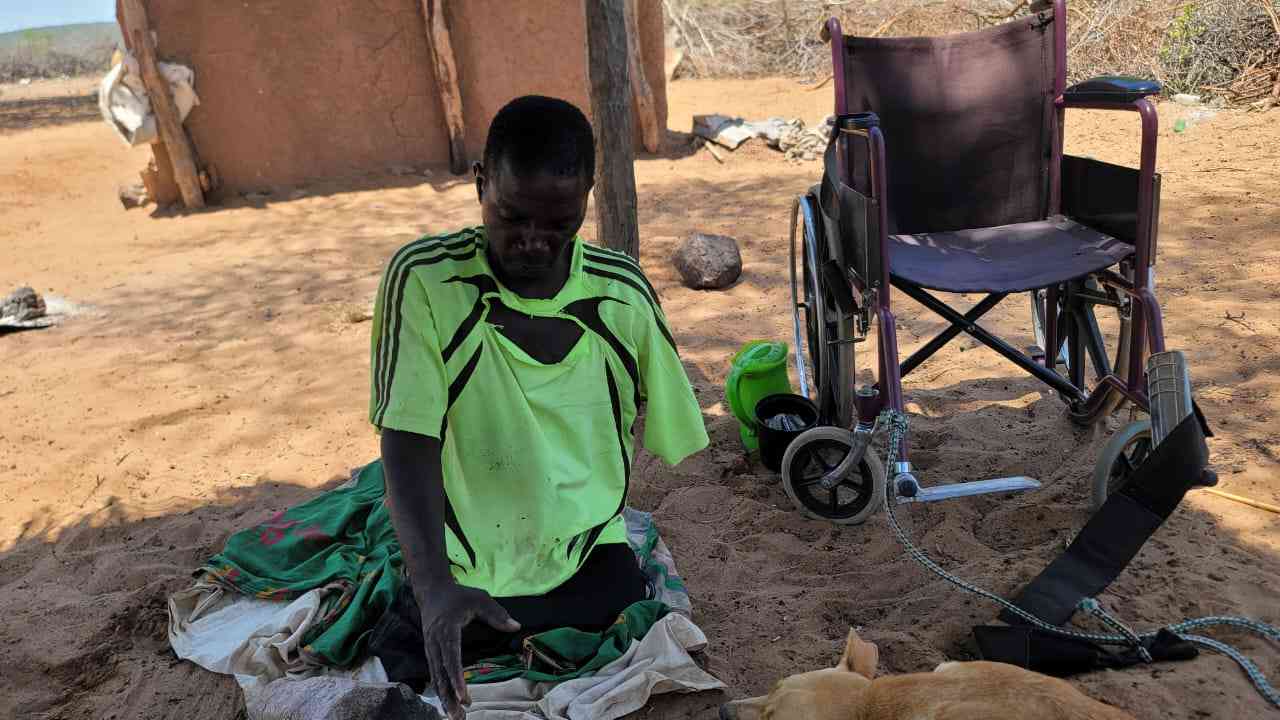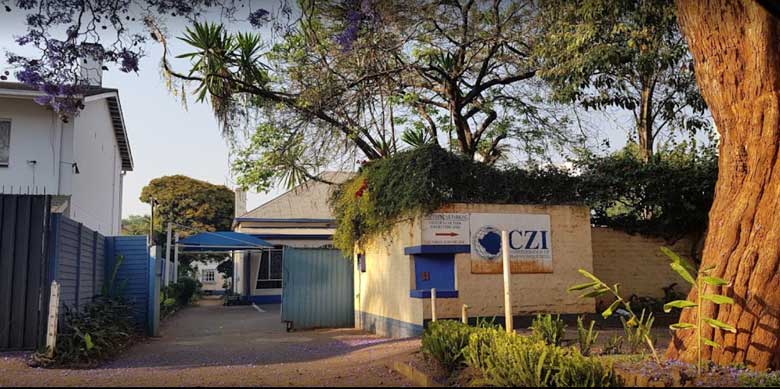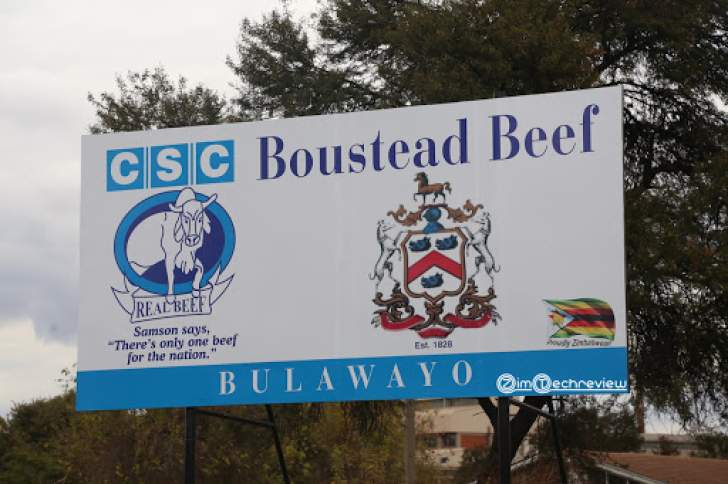
FOREIGN currency deposits accounted for 80% of banking sector’s total deposits as at June 28, 2024, highlighting the local currency’s continued struggles to compete with the greenback, official data shows.
According to the 2024 mid-term budget review, total banking sector deposits amounted to ZiG42,1 billion and foreign currency deposits accounted for about 80% of the total deposits.
“The banking sector continues to maintain strong liquidity positions as reflected by the banking sector’s average prudential liquidity ratio of 62% as at March 31, 2024,” the statement reads in part.
“All banking institutions, except one were compliant with the minimum prudential liquidity ratio of 30%.
“The sector recorded an improvement in the level of financial intermediation as measured by loans to deposit ratio of 52% as at June 28, 2024.”
Total banking sector loans and advances increased by about 90% mainly due to an increase in foreign currency denominated loans.
Lending to the productive sector constituted 73,8% of total loans.
In the period under review, total banking sector loans and advances amounted to ZiG22,1 billion, of which about 90% were foreign currency denominated loans.
- Awards target married couples
- Awards target married couples
- Mayhem as schools reject Zimdollar fees
- Prices continue to skyrocket
Keep Reading
“The high level of foreign currency denominated loans partly reflects the huge appetite for US$ denominated lending prior to the currency reforms,” it reads.
“The Reserve Bank continues to urge banking institutions to enhance credit underwriting standards to reduce credit risk exposures.”
The statement noted that the banking institutions continued to focus on their intermediary role as evidenced by an asset structure that was largely constituted of loans and advances and securities and investments, as at March 31, 2024.
Banking sector liabilities largely comprised foreign currency deposits (45,5%) and capital and reserves (22,9%), while local currency demand deposits accounted for 8,6%.
As part of reconfiguration of business models, the statement said banking institutions were leveraging on available opportunities to offer affordable housing finance products.
“The main challenges being faced by banking institutions in providing housing include lack of affordable long-term funding, high cost of land, bureaucratic conveyancing processes, and difficulties in validation of land ownership,” the statement noted.
“Some banking institutions are engaging central government and local authorities for low-cost land and also engaging regional and international financiers for long-term lines of credit for affordable housing products.”
The banking sector comprised of 14 commercial banks, four building societies and one savings bank.
In addition, there were 239 credit-only microfinance institutions, eight deposit-taking microfinance institutions and four development financial institutions.










